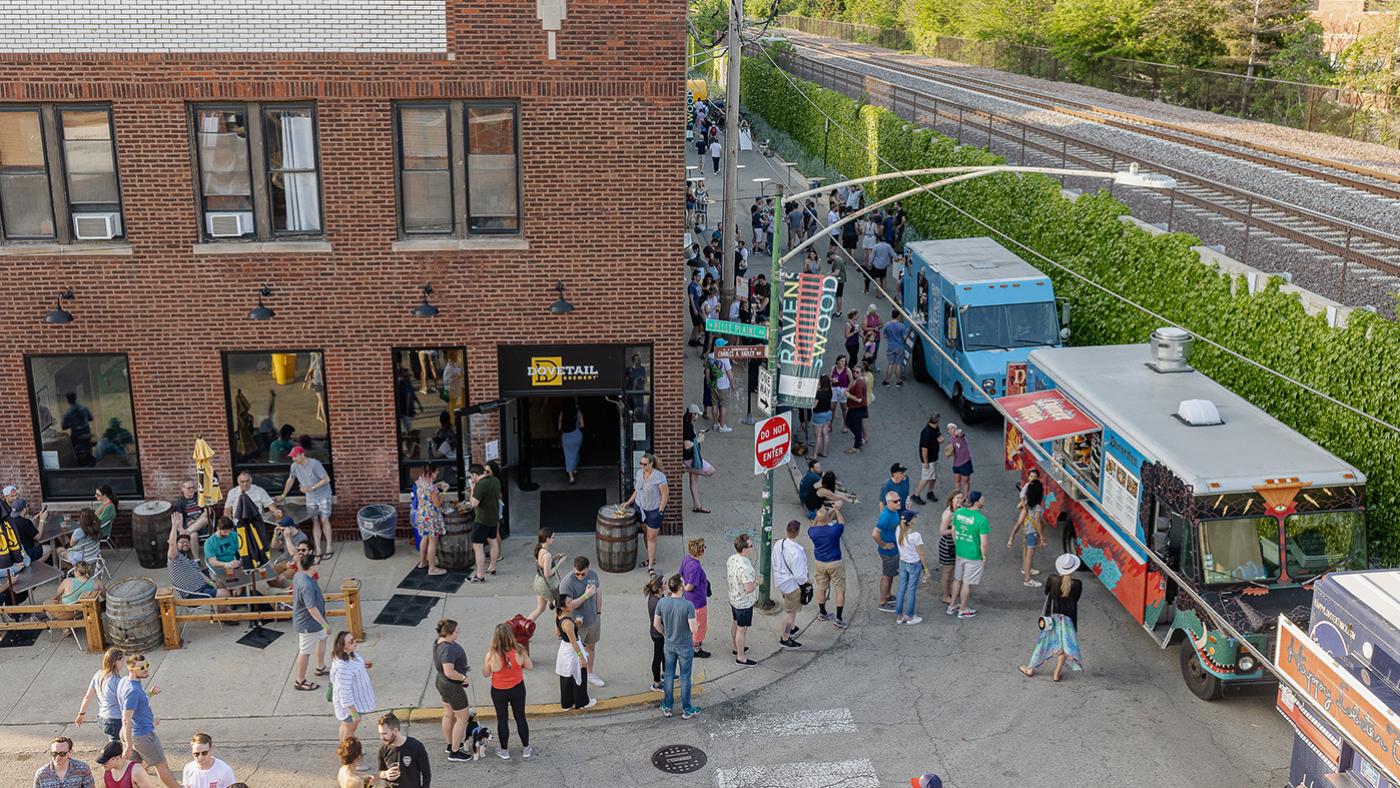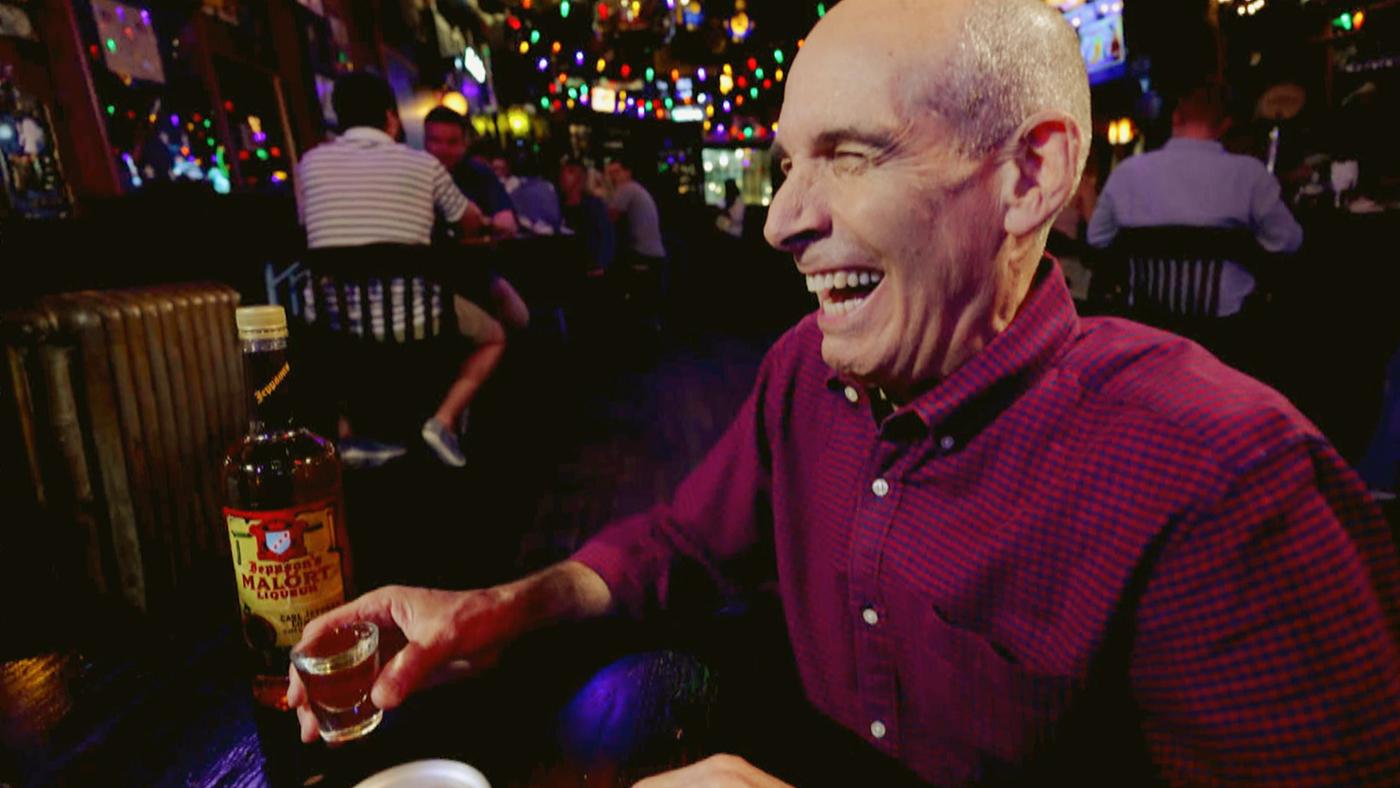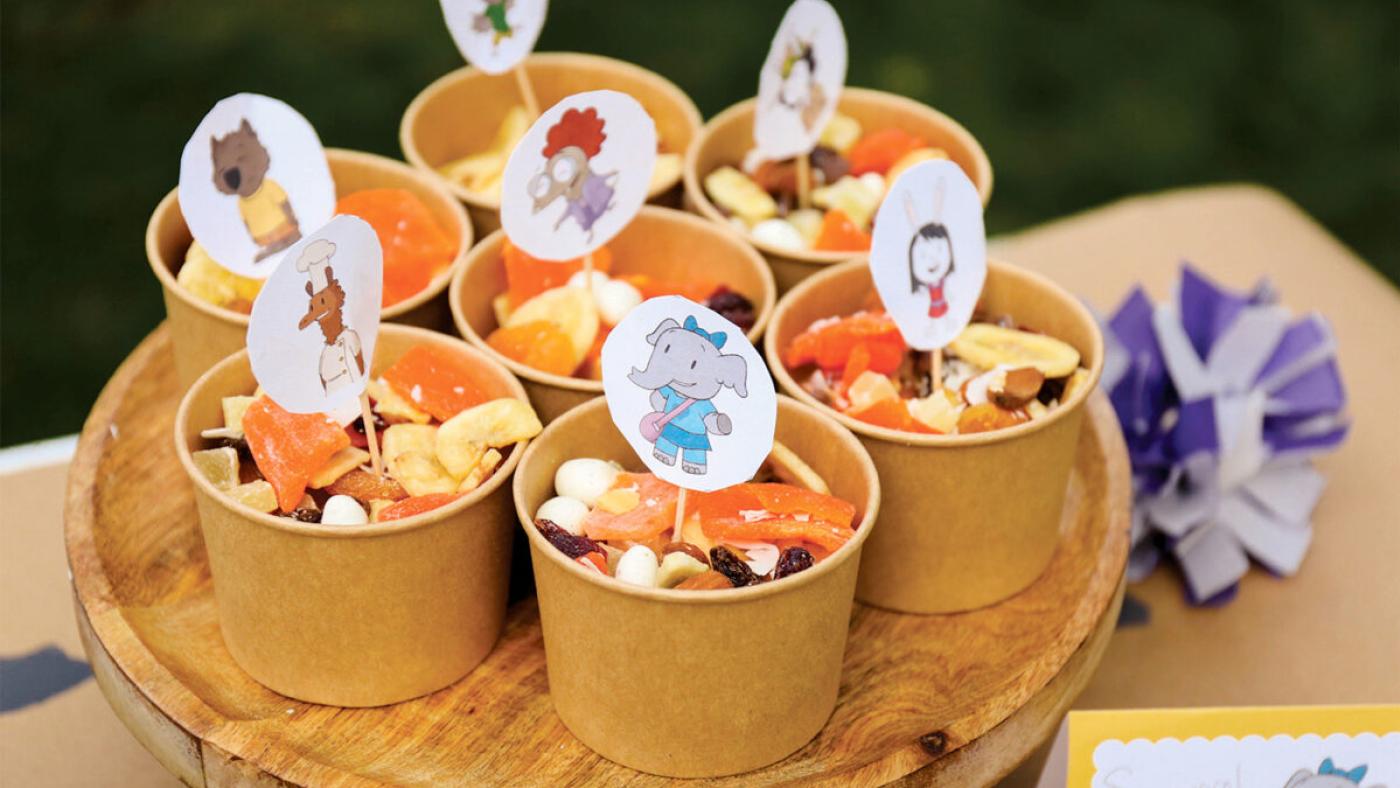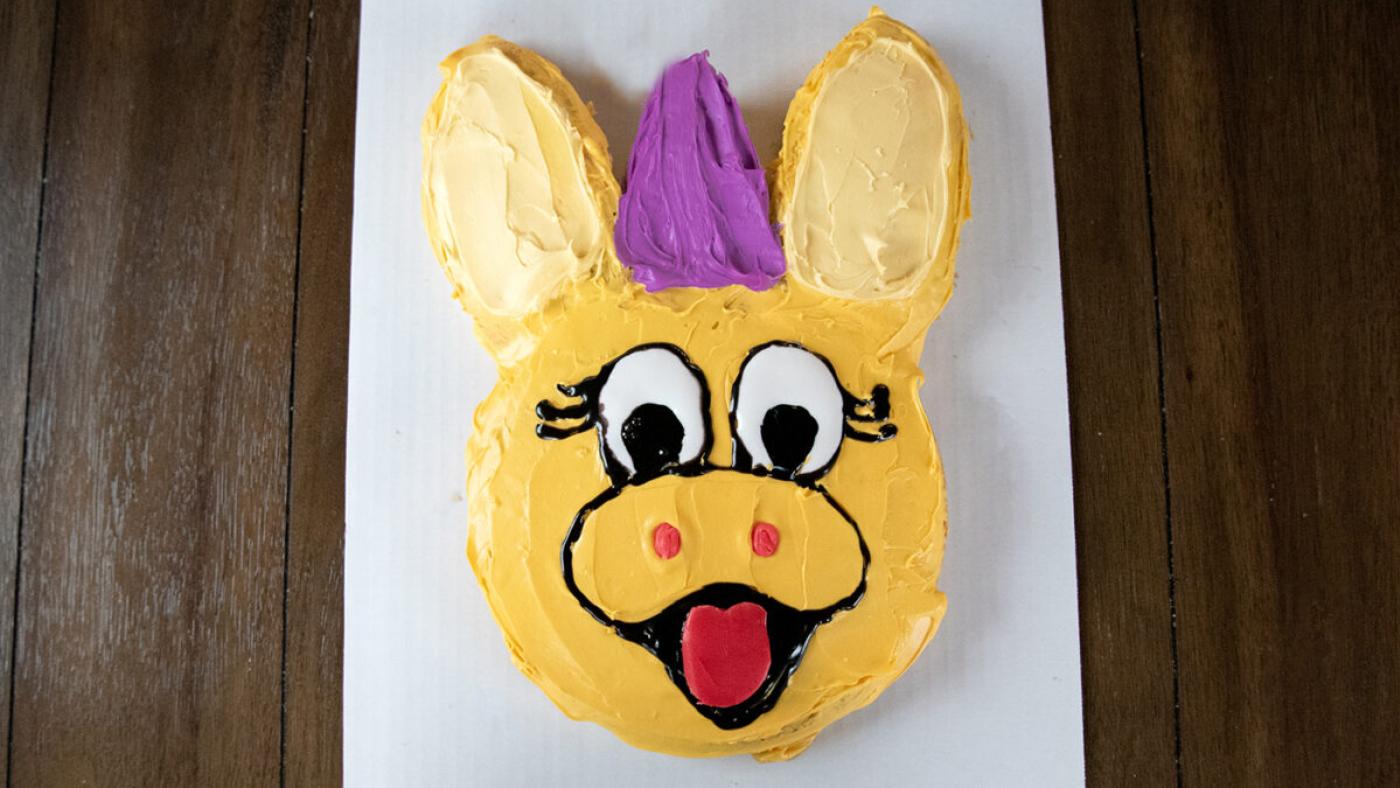A New Show Exploring Food and Culture in America's Heartland – Plus a Recipe Featuring Wild Rice
Daniel Hautzinger
April 4, 2024
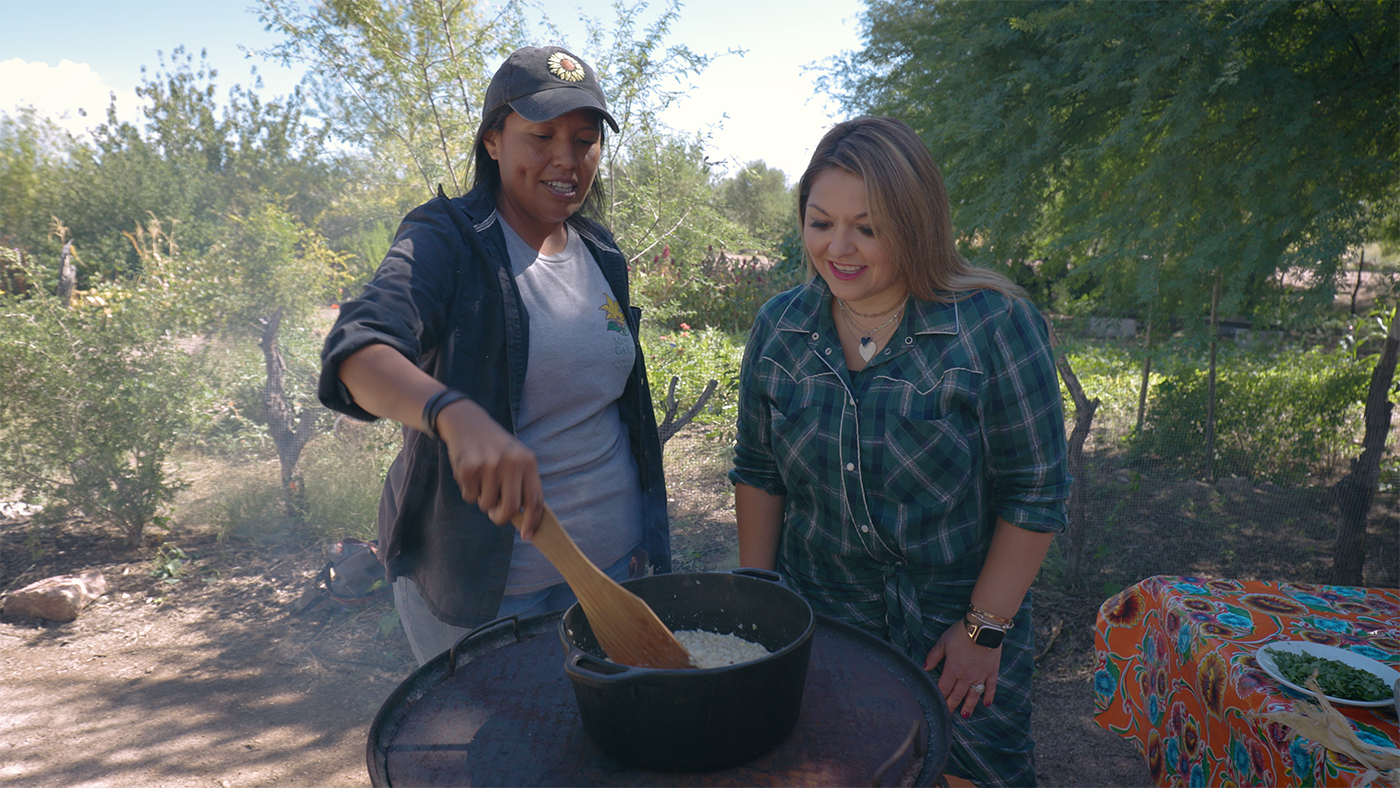
America the Bountiful premieres Saturdays at 11:30 am on WTTW and is available to stream via the PBS app.
Get more recipes, food news, and stories by signing up for our Deep Dish newsletter.
These days, the food world has more attention than ever. But that world is often limited to American cities. The new series America the Bountiful goes beyond the urban food scene to explore the culinary traditions of America's heartland via individual ingredients linked to specific places: oysters in South Carolina, corn in Arizona, maple syrup in Vermont. Such stories also open up into history and culture, as in an episode on wild rice in Minnesota that explores the significance of the staple to Indigenous people, visiting The Sioux chef Sean Sherman at his "decolonized" restaurant Owamni, among other things. (You can try a recipe from Sherman featuring wild rice below, and can find more recipes week-by-week at the America the Bountiful website.)
Capri Cafaro is the host of America the Bountiful, as well as a host of the related Eat Your Heartland Out radio show and a contributor to Detroit Public Television's Great Lakes Now (airing Saturdays at 7:00 am on WTTW and available to stream) and West Virginia Public Radio's Inside Appalachia. We spoke to her about America the Bountiful and her mission in making it.
This interview has been condensed and edited for clarity.
Why do you think food is a good way to tell the stories of cultures and traditions and the history of a place and people?
It's a unique yet accessible way to be able to capture multi-dimensional cultural stories. Through food, you can tell a story about where it comes from. You can tell a story about the environment, sustainability, how certain crops got to different parts of the country where they now thrive. You're able to tell these immigrant stories, like our episode that's telling a Wisconsin story through beer and cheese. Why beer and cheese? Because German immigrants and Swiss immigrants came with their their knowledge of beermaking, fermenting, hops, Holstein cows, dairy traditions. Food can bring together these different cultural, historical, ecological stories in one place and make them very relatable to the audience: both informing but hopefully also entertaining.
How did you come to this idea of spotlighting the heartland through ingredients and food traditions?
In my little corner of Northeast Ohio, I'm at every fair and festival all throughout the year, from Lent fish fries and spaghetti dinners to every ethnic festival you can think of, and then we have our grape jamboree and our strawberry fest or pumpkin festival or whatever. A few things occurred to me. Food is something that brings communities together no matter what your background is. I may not be Greek, but I'm going to go to the Great festival and enjoy a nice spanakopita. These different examples of people are celebrating a culture and community through food but also cultural exhibits and dances and music. And then with the agricultural festivals, you really gain an appreciation for the hard work that goes into putting our food on the table.
So I thought to myself, if this is what we have, what else is out there? Because most people don't know what we have in Ohio, and I'm always this evangelist for the Midwest. I want to know about other communities that are often overlooked or not necessarily given the attention that maybe they deserve in traditional media outlets, so that's what we set out to do. These are real people and they're sharing real American stories. These are small business owners. These are family farmers. These are individuals that are making food products in their home kitchen.
What are people in urban areas missing by overlooking food in other communities?
Oftentimes there is a misconception that only urban centers have this diverse and complex food landscape. I'm very committed to bringing diverse voices to our screen and amplifying BIPOC stories and different ethnic groups in different parts of the countries. There is a misconception that the Midwest, or extrapolated out to small-town America in general, is very homogeneous – and it's not. So part of my objective is to show and celebrate the cultural, racial, and ethnic diversity that we have in towns big and small across America, and the contributions that all Americans play, and food is that perfect way to do that.
Do you have highlights from filming the show?
It is really hard, because each place is so different. We tell the Maryland story through crabs, and we got a chance to go out with Captain Crystal on her all female crab boat crew. Just the strength of these women, mentally and physically, getting out there and dropping the crab pots and bringing them up. I'm there with crabs literally hanging off me. I brought hardcore work gloves, and they were not strong enough. Those crabs are tough. I had to borrow more hardcore gloves. I thought I was prepared, and I was not prepared.
I had never had pheasant, [which is spotlighted in an episode in South Dakota]. I got to actually hunt a pheasant, which I was very, very, very, very, very, very nervous about it. But I got the pheasant, I couldn't believe it. It was beginner's luck, I think.
Is there anything that you found in common throughout all these stories?
I would say a passion for the food that people make and produce and this commitment to continuing traditions for one reason or another, whether it is the multi-generational family farm growing chiles in New Mexico or the family that has taken over the cranberry bog and opened it up. Also a lot of folks that are looking for sustainable farming practices, organic practices, even if they're not certified organic. We see that come up time and again, no matter what you're growing or harvesting. It's this respect for the land and our ecosystem.
Native Wild Rice and Grain Salad
The Sioux Chef Sean Sherman of Owamni restaurant in Minneapolis shared a recipe from his "decolonized" menu, which only uses ingredients native to North America before the arrival of Europeans. Owamni prioritizes purchasing foods from Indigenous providers and avoids colonial ingredients such as beef, pork, chicken, and dairy products. This recipe includes some substitutions that do include such ingredients if you cannot find the native ingredients.
Ingredients
1 cup wild rice, cooked with a handful of dried currants (Substitute wild rice for Basmati rice)
1 cup quinoa, cooked
1 cup mixed foraged mushrooms, such as morels or chanterelles (Substitute: Shiitake or cremini mushrooms)
2 cups mixed greens, like dandelion greens, lambsquarters, and mustard greens (Substitute: Arugula, spinach, and kale)
1 cup cooked mixed corn (heirloom varieties preferred)
1/4 cup dandelion pesto (Substitute: Basil pesto)
Optional: Braised bison or turkey, shredded
Directions
1. Cook the wild rice with dried currants and quinoa separately. Allow them to cool.
2. In a skillet, sauté the foraged mushrooms in a bit of oil until they are tender and browned. Set aside to cool.
3. In a large bowl, combine the cooled wild rice, quinoa, sautéed mushrooms, mixed greens, and cooked corn. Toss gently to mix.
4. Add the dandelion pesto to the salad and toss until everything is evenly coated.
5. Add braised bison or turkey to the salad and toss gently to combine.
6. Serve the salad at room temperature or chilled, garnished with extra herbs or edible flowers for a pop of color and flavor.

